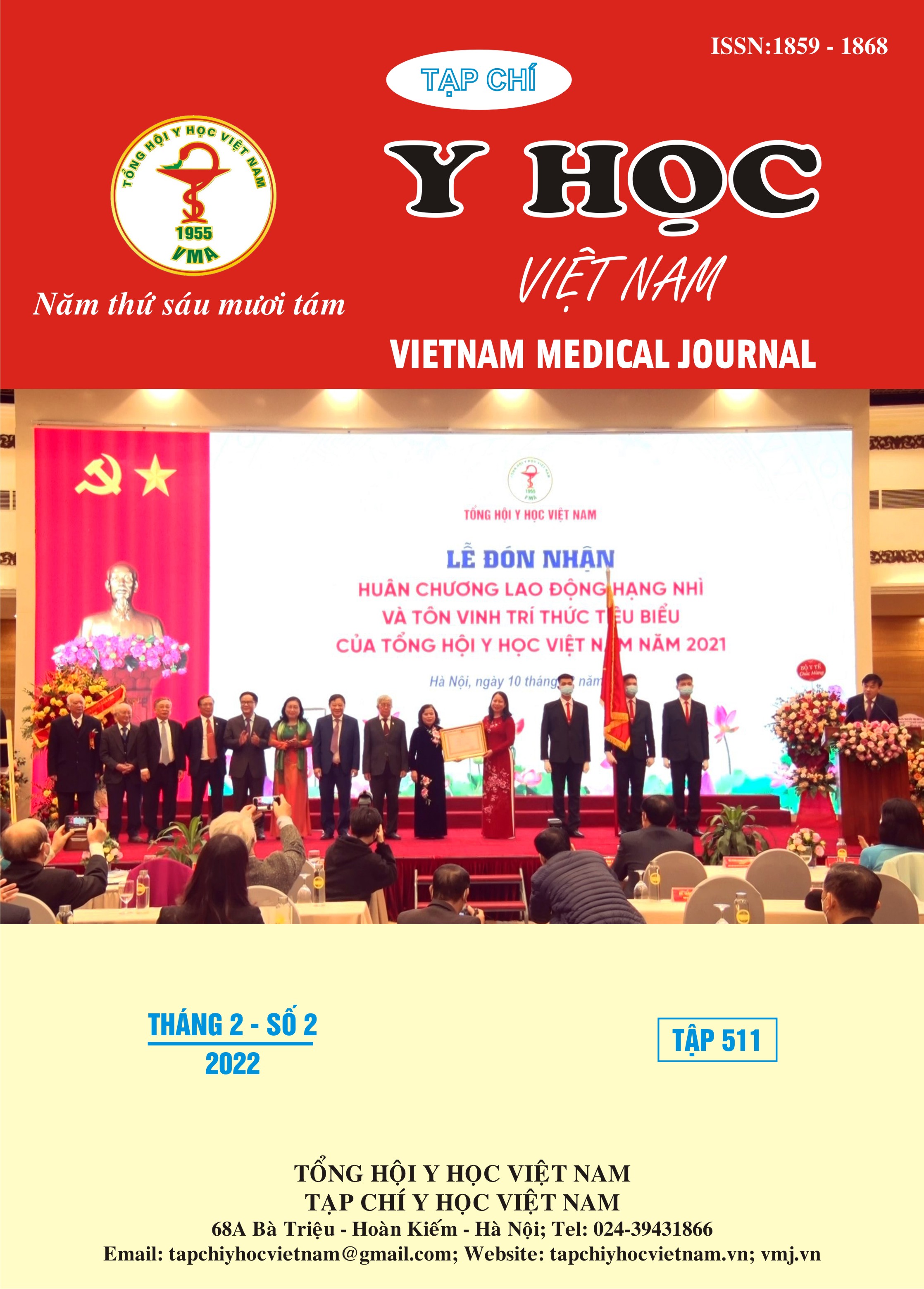APPLY GASTRO LARYNGEAL TUBE FOR MAJOR ENDOSCOPIC PROCEDURES: TWO CASES REPORT
Main Article Content
Abstract
Anesthesia for major gastrointestinal endoscopic procedures has always been a challenge for anesthesiologists in selecting an anesthesia technique. To ensure optimal patient safety while minimizing costs as well as patient satisfaction requires specialized tools for airway control. We used a gastro laryngeal tube to assist ventilation in two cases of endoscopic gastrostomy in patients with esophageal cancer. The results showed that the GLT helped maintain a stable SpO2, the average time of insertion was 25 seconds. Pulse and blood pressure were stable during and after the procedure. After the procedure, the patient woke up quickly, removed the tube early, had not hoarse voice and had mild sore throat. A gastro laryngeal tube should be used more commonly to replace endotracheal anesthesia in major gastrointestinal endoscopy procedures.
Article Details
Keywords
gastrointestinal endoscopy, gastro laryngeal tube, anesthesia
References
2. Garewal D, Waikar P. 2012. Propofol sedation for ERCP procedures: Adilemma? Observations from an anesthesia perspective. Diagn Ther Endosc. 639190.
3. Brig Deepak et al. 2019. A randomized controlled trial comparing gastro-laryngeal tube with endotracheal intubation for airway management in patients undergoing ERCP under general anaesthesia. Medical Journal Armed Forces India. 75 (2): 146-151.
4. Hayrettin Daşkaya1 et al. 2016. Use of the gastro-laryngeal tube in endoscopic retrograde cholangiopancreatography cases under sedation/ analgesia. Turk J Gastroenterol. 27: 246-51.
5. Andre Tran, Venkatesan Thiruvenkatarajan et al. 2020. LMA® Gastro™ Airway for endoscopic retrograde cholangiopancreatography: a retrospective observational analysis. BMC Anesthesiology. 20 (113).


